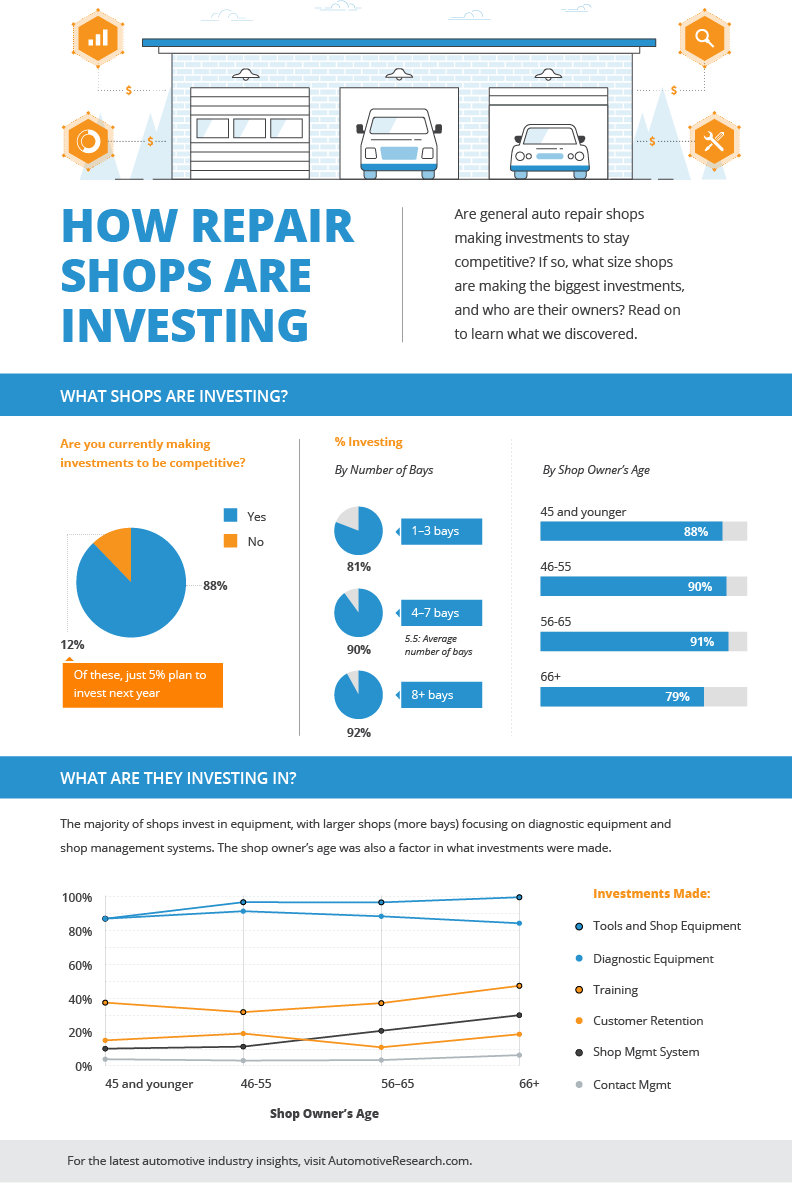Grasping The Significance Of Your Auto'S Warning Signals: What They Actually Stand For
Grasping The Significance Of Your Auto'S Warning Signals: What They Actually Stand For
Blog Article
Article By-Lauritsen Alvarado
When you're behind the wheel, those glowing caution lights on your dashboard can be a little bit complicated. Do you recognize what they're attempting to tell you about your automobile's health and wellness? Recognizing the value of these lights is important for your security and the durability of your vehicle. So, the following time one of those lights pops up, wouldn't you want to decipher its message accurately and take the needed steps to resolve it?
Common Warning Lighting and Interpretations
Recognize common warning lights in your car and comprehend their meanings to guarantee safe driving.
The most typical warning lights consist of the check engine light, which signals issues with the engine or discharges system. If this light begins, it's essential to have your automobile examined quickly.
The oil stress cautioning light indicates reduced oil pressure, requiring prompt interest to avoid engine damage.
A flashing battery light may suggest a malfunctioning billing system, possibly leaving you stranded otherwise dealt with.
The tire stress surveillance system (TPMS) light signals you to reduced tire stress, impacting lorry security and gas efficiency. Neglecting this can bring about hazardous driving problems.
The abdominal muscle light suggests an issue with the anti-lock braking system, endangering your ability to quit quickly in emergencies.
Finally, the coolant temperature level alerting light warns of engine overheating, which can result in extreme damage otherwise resolved promptly.
Recognizing these typical warning lights will certainly help you attend to issues quickly and maintain risk-free driving conditions.
Value of Prompt Interest
Understanding the typical caution lights in your automobile is just the primary step; the value of promptly resolving these cautions can not be emphasized enough to ensure your security when driving.
When a warning light illuminates on your dashboard, it's your cars and truck's means of interacting a prospective problem that requires attention. Neglecting these cautions can cause extra severe issues down the road, endangering your safety and security and possibly costing you much more out of commission.
Prompt interest to warning lights can protect against break downs and mishaps. As https://www.enidnews.com/news/local_news/work-to-affect-motorists-in-parts-of-enid/article_f76e2e5e-0c62-11ed-81ca-b3a8fd133135.html , a flashing check engine light could indicate a misfire that, if left neglected, could cause damages to the catalytic converter. Resolving this quickly can conserve you from a costly repair work.
In a similar way, a brake system cautioning light might indicate reduced brake fluid or worn brake pads, crucial elements for your security when driving.
Do It Yourself Troubleshooting Tips
If you notice a caution light on your dashboard, there are a few DIY repairing ideas you can attempt before looking for specialist aid.
The first step is to consult your cars and truck's guidebook to comprehend what the specific caution light indicates. Often the concern can be as basic as a loose gas cap setting off the check engine light. Tightening the gas cap may fix the issue.
One more usual problem is a low battery, which can cause various advising lights. Checking the battery links for rust and ensuring they're protected might take care of the issue.
If a caution light continues, you can try resetting it by disconnecting the auto's battery for a few mins and afterwards reconnecting it. Furthermore, checking pro detailing auckland , such as oil, coolant, and brake fluid, can aid troubleshoot advising lights related to these systems.
Conclusion
Finally, comprehending your automobile's caution lights is essential for maintaining your vehicle running smoothly and securely. By quickly attending to these alerts and knowing what they suggest, you can prevent costly repair services and possible failures.
Remember to consult your car's handbook for particular information on each alerting light and take action accordingly to make sure a hassle-free driving experience.
Remain informed, remain safe when traveling!
